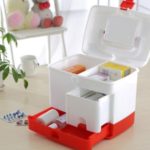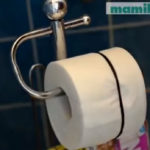Kitchen
The kitchen is a place that poses many safety risks for children because:
– It contains many heat sources such as gas stoves, ovens, or electric stoves. Children may not recognize the danger and touch these devices, causing explosions or burns.
– The kitchen has many tools such as knives, scissors,… that can cause injuries if children touch or improperly use them.
– The kitchen contains many electrical appliances such as blenders, rice cookers, water filters,… If children accidentally touch the electrical equipment or pull the wires, it can be dangerous.
– The kitchen also contains many types of cleaning chemicals, detergents, and food preservatives. If children accidentally touch or even ingest them, it can be very dangerous.
– The kitchen and oven can generate high temperatures. If children touch the hot surface, it can cause severe burns.
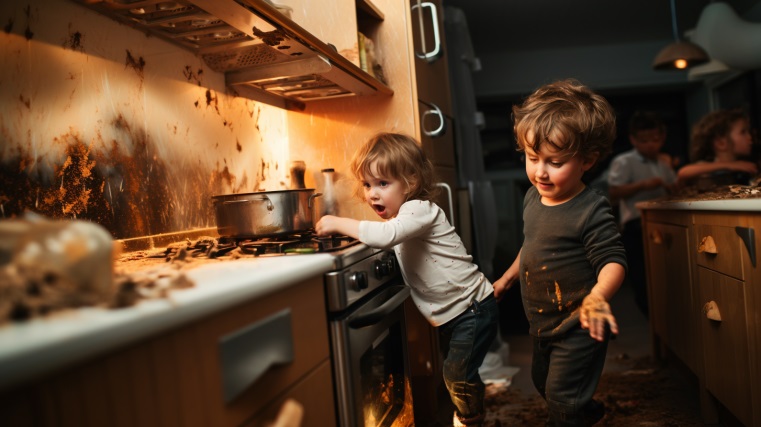
Medicine Cabinet
Children can get poisoned by accidentally ingesting medicines in the family’s medicine cabinet. Every year, many young children from 0 to 19 years old are hospitalized due to accidental ingestion of medicines.
In addition to keeping medicines out of the reach of children, parents should also monitor the expiration dates and immediately discard expired medicines.
Under the Sink
Many families use this space to store cleaning supplies. They may contain chemicals that can be harmful if ingested. Although some products may have clear warning labels, they cannot prevent young children who are just learning to walk or small children from accessing them.
Even with household cleaning products that are labeled as safe for young children, parents should still use child safety locks to store these products.
Alternatively, parents should store them elsewhere. Experts recommend storing substances such as alkaline solutions, wood polish, and dishwashing soap in higher cabinets that are out of reach of young children.
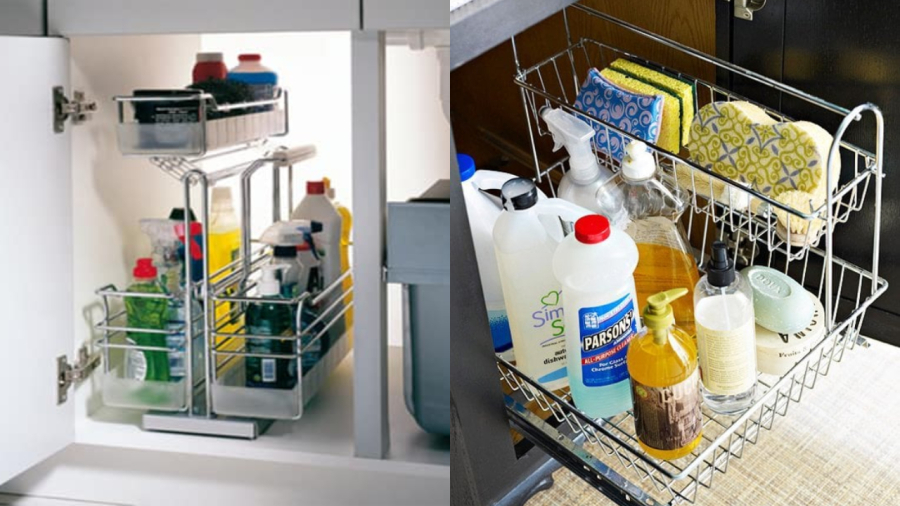
In the Garage
There are many things in the garage that can pique a child’s curiosity, but they can also put children in unsafe situations.
The garage usually contains sharp tools that should be locked in a box or toolbox. Similar to household cleaning products, products like fertilizers, paints, and insecticides should be stored on higher shelves and kept in their original containers.
You should also unplug and store electrical tools in a cabinet or box, out of reach of children. In addition, with children who have awareness, parents should instruct them not to play in the garage, while younger children need adult supervision.
Swimming Pool
Most young children enjoy playing with water, and drowning is the leading cause of unintentional death in children aged 1-4 years old.
Nowadays, families with means often like to build their own swimming pools. If you have one, you need to pay attention to:
– Do not leave children alone or near the pool without adult supervision.
– Teach children how to swim.
– Teach children to stay away from pool drains.
– Ensure that all pools and spas have proper drain covers.
– Install appropriate fences, covers, and alarm devices on and around the pool.
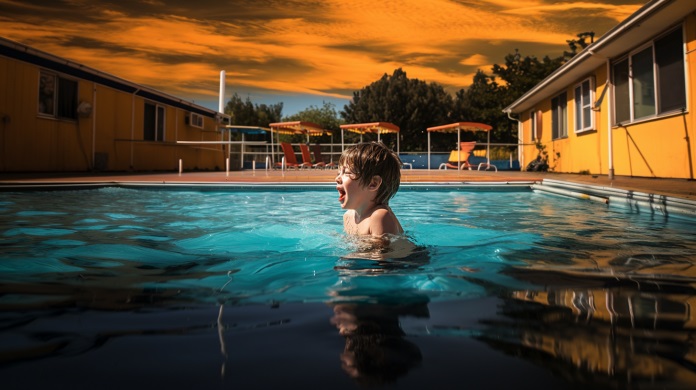
Staircase
In the US, a child is taken to the hospital every 6 minutes for staircase-related injuries. It is usually children under 1 year old when parents or caregivers fall or drop the child they are carrying. The number of children injured from climbing stairs is much higher.
You can install safety gates for children at the top and bottom of the stairs to prevent them from falling accidentally. Experts recommend using secure play areas and not using wheeled walking aids for children.
As children get older and start walking up and down the stairs, parents should teach them how to use the handrail. Having something to hold onto can make a big difference, especially in preventing falls.
Keep the stairs clean and remind children not to leave toys scattered on the steps.
In the Laundry Room
The laundry and clothes drying room also have some issues to consider. Washing machines and dryers can be attractive places for children to crawl into and hide, especially front-loading machines with doors at a child’s height.
Laundry products such as laundry detergent, soap, and candy-like laundry pods can arouse a child’s curiosity to try eating them. These products contain concentrated detergents, which can be very harmful if ingested or come into contact with the eyes.
5 Commonly Misplaced Household Items that Lead to Clutter
Are you tired of constantly having to search for missing items in your living space? If so, organizing your possessions is the best way to find what you need quickly and make a tidy, efficient living area. In this article, we reveal five items that are most commonly misplaced and offer tips on how you can arrange them properly.

























